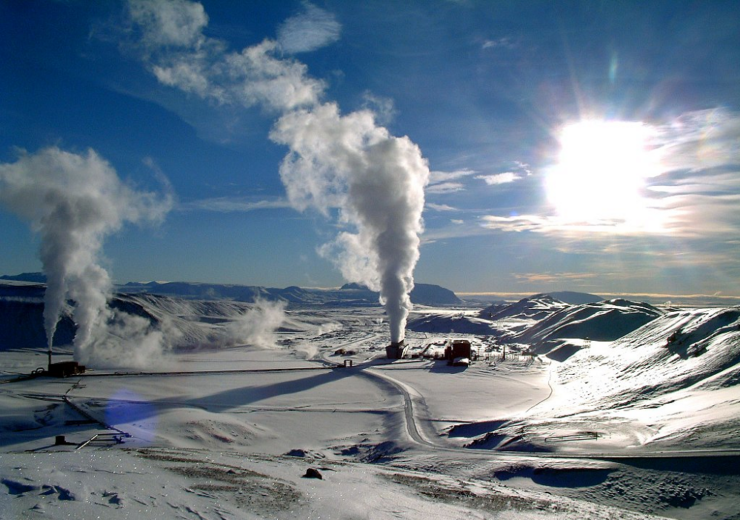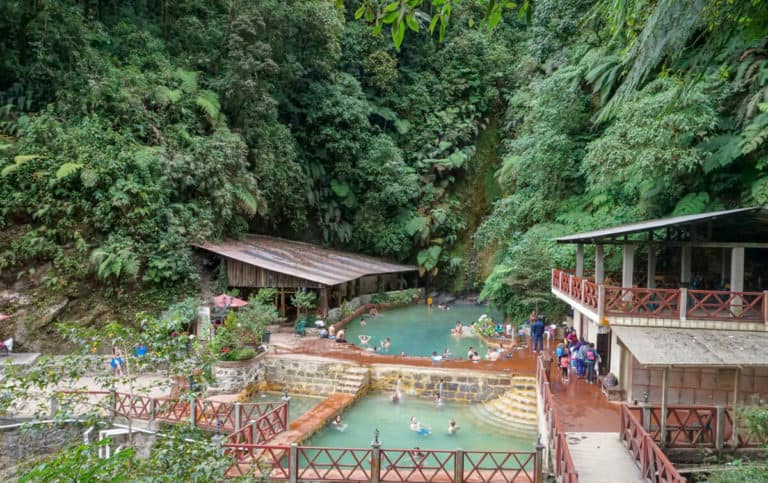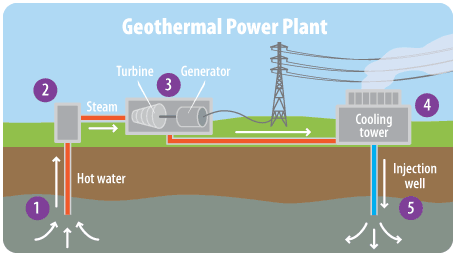Geothermal Energy


Geothermal energy is a renewable energy source that harnesses the heat from the Earth's interior. It is a clean and sustainable source of energy that has been used for centuries for bathing, cooking, and heating. In recent years, there has been a growing interest in geothermal energy as a potential source of electricity. This article will explore the history of geothermal energy development, from its early use by ancient civilizations to its current status as a promising renewable energy source. The article will discuss the different types of geothermal energy, the challenges and opportunities facing the geothermal industry, and the future of geothermal energy.
Energreen 2023-11-28
The earliest evidence of the use of geothermal energy dates back to at least 10,000 years ago. In Japan, for example, ancient people built hot springs bathhouses. In Iceland, geothermal energy was used to heat homes and buildings.

In the Roman Empire, geothermal energy was used to heat baths and public buildings. The Romans built aqueducts to transport hot water from geothermal springs to cities.
In the Middle Ages, geothermal energy continued to be used for bathing and heating. In Europe, geothermal springs were used to treat diseases.
In the Renaissance, there was a renewed interest in geothermal energy. In Italy, for example, geothermal energy was used to power mills and factories.
In the Industrial Revolution, geothermal energy was used to power steam engines. In Iceland, for example, geothermal energy was used to power a copper mine.
In the 20th century, there was a growing interest in geothermal energy as a source of electricity. In 1904, the first geothermal power plant was built in Italy.

In the 1950s, there was a surge in geothermal power plant construction. In the United States, for example, the Geysers geothermal field in California became a major source of electricity.
In the 21st century, there has been continued growth in the geothermal power industry. In 2022, there were over 18,000 megawatts of geothermal power capacity in operation worldwide.
There are two main types of geothermal energy:
Direct-use geothermal energy is the most common type of geothermal energy. It is used for a variety of applications, including:

Geothermal power is a renewable energy source that can generate electricity without emitting greenhouse gases. Geothermal power plants use the heat from the Earth's interior to generate steam, which drives a turbine that generates electricity.

The geothermal industry faces a number of challenges, including:
However, the geothermal industry also faces a number of opportunities, including:
The future of geothermal energy is bright. The industry is growing rapidly, and geothermal power is becoming a more cost-competitive source of electricity.
As the demand for renewable energy continues to grow, geothermal energy is likely to play an increasingly important role in the global energy mix.
Geothermal energy is a clean, sustainable, and reliable source of energy. It has a long history of use, and it is poised for continued growth in the future.
Geothermal Energy Association: https://geothermal.org/
International Renewable Energy Agency (IRENA): https://www.irena.org/
U.S. Department of Energy (DOE): https://www.energy.gov/